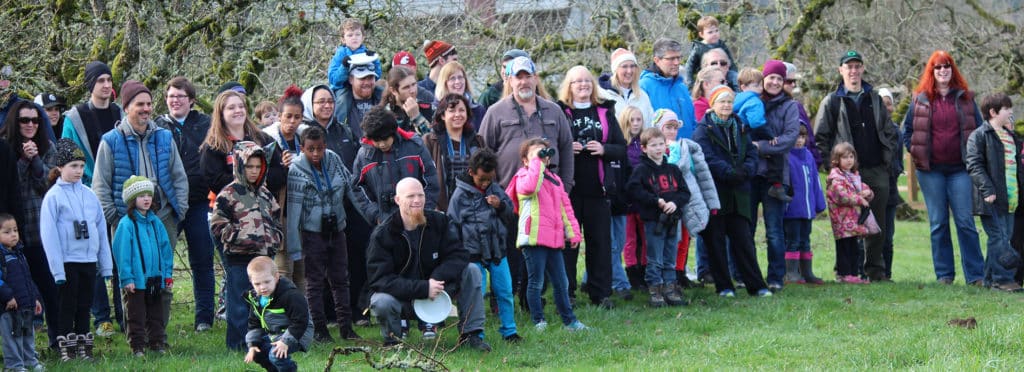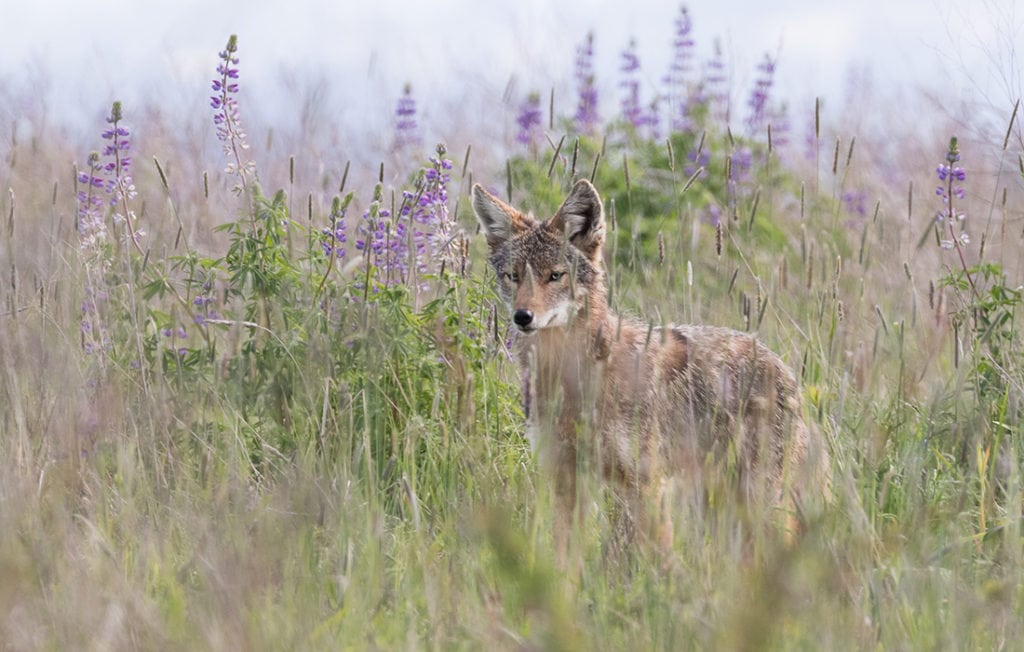Black-capped Chickadee
Black-capped Chickadees are a familiar sight in urban environments where they inhabit gardens and visit bird feeders. This northern chickadee is found throughout Western Oregon and in the mountains of northeast Oregon. For this monogamous species, most pair formation actually occurs during fall migration, with some additional pairing up in both spring and winter foraging flocks. During pair formation, Black-capped Chickadees sort according to their rank, with high-ranked males pairing up with high-ranked females, and so on.
Nesting begins in mid-April and can last until the end of June, which gives the birds time to try again if the first nest fails, or occasionally raise a second brood in the same cavity. Cold and wet weather and predators are common reasons that nests fail. Black-capped Chickadees usually excavate cavities in deciduous trees such as willows and maples; they will use artificial nest boxes as well. A pair will occupy a territory of 5-12 acres, and the female will lay 6-8 eggs that hatch in about 12 days with chicks fledging in about two weeks. The young will stay with the parents for about a month after fledging, gradually finding more of their own food on the road to independence.

Chestnut-backed Chickadee
The Chestnut-backed Chickadee is one of the three “brown-capped” Chickadees and has a limited distribution from coastal Alaska to central California, with a disjunct population in the northern Rockies. In our area, the highest concentrations are found in Douglas-Fir forest along slopes and ridgelines.
Unlike their black-capped cousins, Chestnut-backed Chickadees are weak excavators and most often use old woodpecker nest holes or artificial nest boxes, but they can also be found excavating rotting snags with decayed heartwood. Entrance to the nest is usually 4-10” above the base of the cavity, which is filled with mosses and then topped with animal hair and soft fibers to within 1-4” of the entrance hole. Females lay one egg a day before beginning incubation, and they usually lay 6-8 eggs, though up to 11 eggs have been recorded!
Chestnut-backed Chickadees incubate for 14-19 days, and the young fledge in about 20 days. The pair will frequently have a second clutch in the same season and build a second nest on top of the first one. Family groups stay close to the nest site for about 2-3 weeks as the young become more independent. By late July, they begin to join mixed species foraging flocks in the forest.




